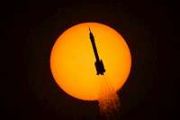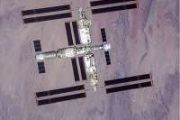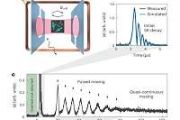
Copernical Team
Spacesuit waltz| Cosmic Kiss
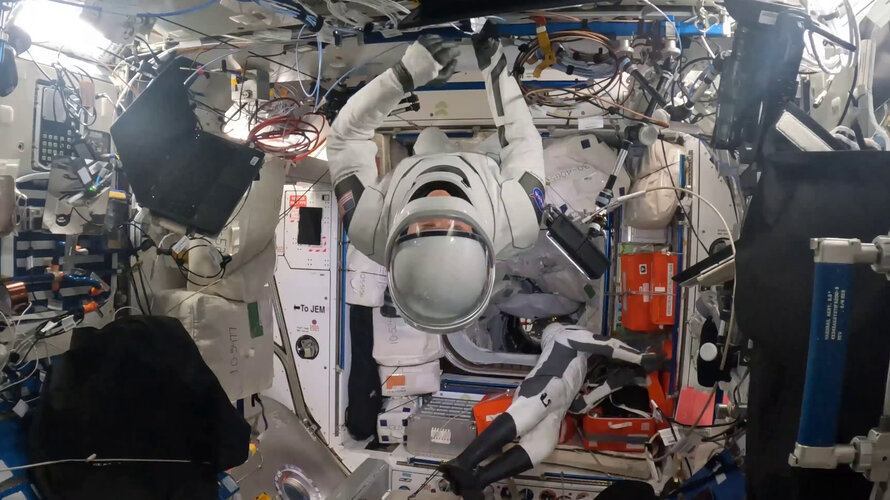 Video:
00:01:27
Video:
00:01:27
Join ESA astronaut Matthias Maurer, and his Crew-3 mates NASA astronauts Kayla Barron, Raja Chari and Thomas Marshburn, as they check out their Crew Dragon launch and entry suits before they return to Earth.
The spacesuits are custom-made for each crew member and protect the astronauts from potential fire and depressurisation in the crew capsule. A single connection point on the thigh, connects the spacesuits to the life support system that supplies the astronauts with oxygen and power, as well as cooling and communication systems.
The suits are equipped with touchscreen-compatible gloves and a flame-resistant outer layer and can
Inflight call with Samantha and Matthias
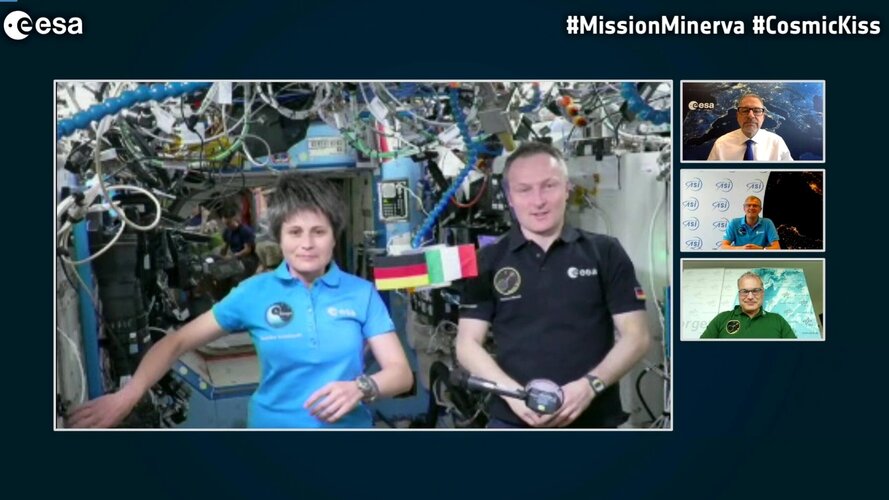 Video:
00:21:27
Video:
00:21:27
ESA astronauts Samantha Cristoforetti and Matthias Maurer, currently on board the International Space Station, discuss their brief handover with Josef Aschbacher, Director General of ESA, Walther Pelzer, Head of the German Space Agency at DLR, and Giorgio Saccoccia, Head of the Italian Space Agency ASI.
Samantha arrived at the Station with Crew-4 on 28 April 2022, marking the start of her second space mission Minerva. Matthias is coming to the end of his almost six-month-long first mission Cosmic Kiss. He is expected to return to Earth in early May aboard Crew Dragon Endurance as a member of Crew-3.
Europe's Spaceport: industrial service contract opportunities
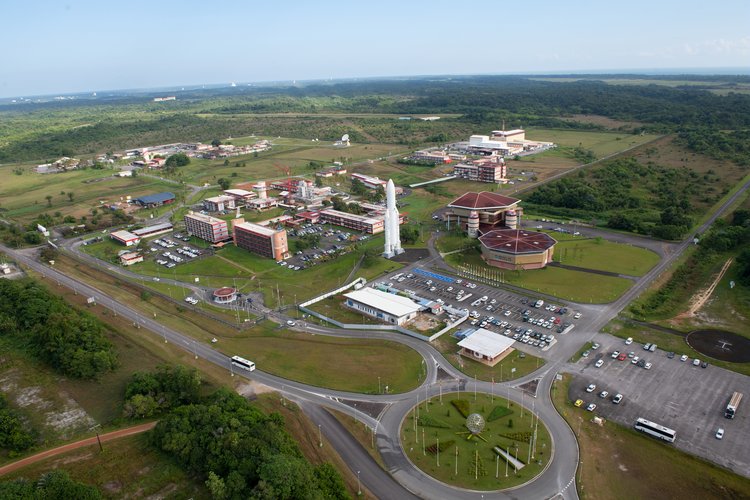
ESA is inviting European space and non-space companies to get involved in the industrial service contracts of the French space agency, CNES, in its operational and maintenance activities at Europe’s Spaceport in French Guiana.
Watch live: joint call with ESA astronauts Samantha Cristoforetti and Matthias Maurer in orbit
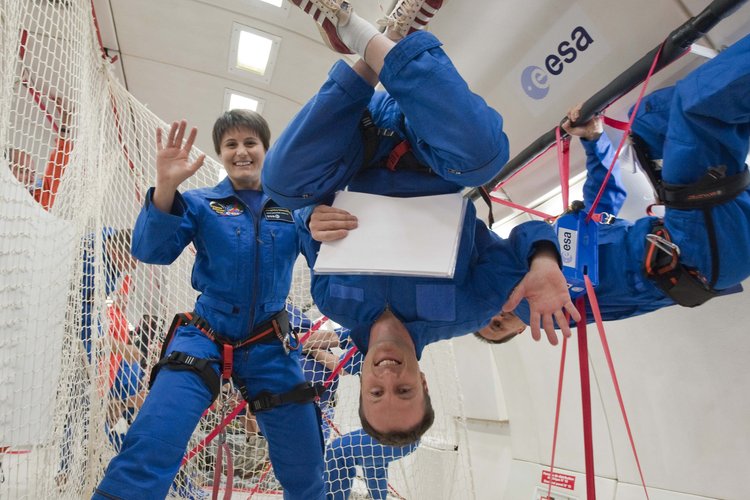
What’s better than one ESA astronaut on the International Space Station? Two ESA astronauts on the Space Station! And they’ll be in conversation with ESA Director General Josef Aschbacher, Head of the German space agency DLR Walther Pelzer and Head of the Italian apace agency ASI Giorgio Saccoccia today.
Purdue and Duke Energy to explore potential for clean, nuclear power source for campus
 Purdue University and Duke Energy announced today (April 27) that they plan to jointly explore the feasibility of using advanced nuclear energy to meet the campus community's long-term energy needs.
With interest rising worldwide in new technologies that are reliable and carbon-free, Purdue and Duke Energy intend to study power produced through Small Modular Reactors (SMRs), a move that ma
Purdue University and Duke Energy announced today (April 27) that they plan to jointly explore the feasibility of using advanced nuclear energy to meet the campus community's long-term energy needs.
With interest rising worldwide in new technologies that are reliable and carbon-free, Purdue and Duke Energy intend to study power produced through Small Modular Reactors (SMRs), a move that ma In Einstein's footsteps and beyond
 In physics, as in life, it's always good to look at things from different perspectives.
Since the beginning of quantum physics, how light moves and interacts with matter around it has mostly been described and understood mathematically through the lens of its energy. In 1900, Max Planck used energy to explain how light is emitted by heated objects, a seminal study in the foundation of quan
In physics, as in life, it's always good to look at things from different perspectives.
Since the beginning of quantum physics, how light moves and interacts with matter around it has mostly been described and understood mathematically through the lens of its energy. In 1900, Max Planck used energy to explain how light is emitted by heated objects, a seminal study in the foundation of quan NASA scientist discovers new means to measure snow depth from space
 A NASA scientist is adding a new dimension to the climate-observing powers of a satellite instrument whose main mission is to measure the height of Earth's ice sheets and sea ice. And the inspiration for this new method comes from how ants walk around their colonies.
Using a concept adapted from the mathematics and biology communities, Yongxiang Hu of NASA's Langley Research Center in Hamp
A NASA scientist is adding a new dimension to the climate-observing powers of a satellite instrument whose main mission is to measure the height of Earth's ice sheets and sea ice. And the inspiration for this new method comes from how ants walk around their colonies.
Using a concept adapted from the mathematics and biology communities, Yongxiang Hu of NASA's Langley Research Center in Hamp Earth's atmosphere may be source of some lunar water
 Hydrogen and oxygen ions escaping from Earth's upper atmosphere and combining on the moon could be one of the sources of the known lunar water and ice, according to new research by University of Alaska Fairbanks Geophysical Institute scientists.
The work led by UAF Geophysical Institute associate research professor Gunther Kletetschka adds to a growing body of research about water at the m
Hydrogen and oxygen ions escaping from Earth's upper atmosphere and combining on the moon could be one of the sources of the known lunar water and ice, according to new research by University of Alaska Fairbanks Geophysical Institute scientists.
The work led by UAF Geophysical Institute associate research professor Gunther Kletetschka adds to a growing body of research about water at the m AFRL, ABL Space Systems demonstrate rapid operation of launch systems
 The Air Force Research Laboratory, or AFRL, and ABL Space Systems are collaborating to demonstrate how launch systems can be operated rapidly by small teams from nontraditional sites. Leveraging ABL's deployable ground system, GS0, and small launch vehicle, RS1, a series of ground demonstrations is underway at multiple U.S. military installations aimed at quick
The Air Force Research Laboratory, or AFRL, and ABL Space Systems are collaborating to demonstrate how launch systems can be operated rapidly by small teams from nontraditional sites. Leveraging ABL's deployable ground system, GS0, and small launch vehicle, RS1, a series of ground demonstrations is underway at multiple U.S. military installations aimed at quick Blue Canyon Technologies expands into GEO with its first cubesat
 Small satellite manufacturer and mission services provider Blue Canyon Technologies LLC ("BCT" or "Blue Canyon"), a wholly-owned subsidiary of Raytheon Technologies, assisted in the deployment of Ascent, the company's first CubeSat spacecraft bus launched to a geostationary, or GEO, orbit by the Air Force Research Laboratory as part of the U.S. Space Force's Test Program-3 mission.
Blue Ca
Small satellite manufacturer and mission services provider Blue Canyon Technologies LLC ("BCT" or "Blue Canyon"), a wholly-owned subsidiary of Raytheon Technologies, assisted in the deployment of Ascent, the company's first CubeSat spacecraft bus launched to a geostationary, or GEO, orbit by the Air Force Research Laboratory as part of the U.S. Space Force's Test Program-3 mission.
Blue Ca 









